So you’re thinking about doing your first Downhill race. If it’s your first time ever racing, it gets intimidating, stressful and a little scary with all the unknowns.
But it doesn’t have to be. I share my experience doing local downhill races and the mistakes I made – so you don’t have to.
Preparation and mindset is everything to have fun and get a good result. It helps you calm your nerves and avoid beginner mistakes (that I for sure made a lot of when racing).
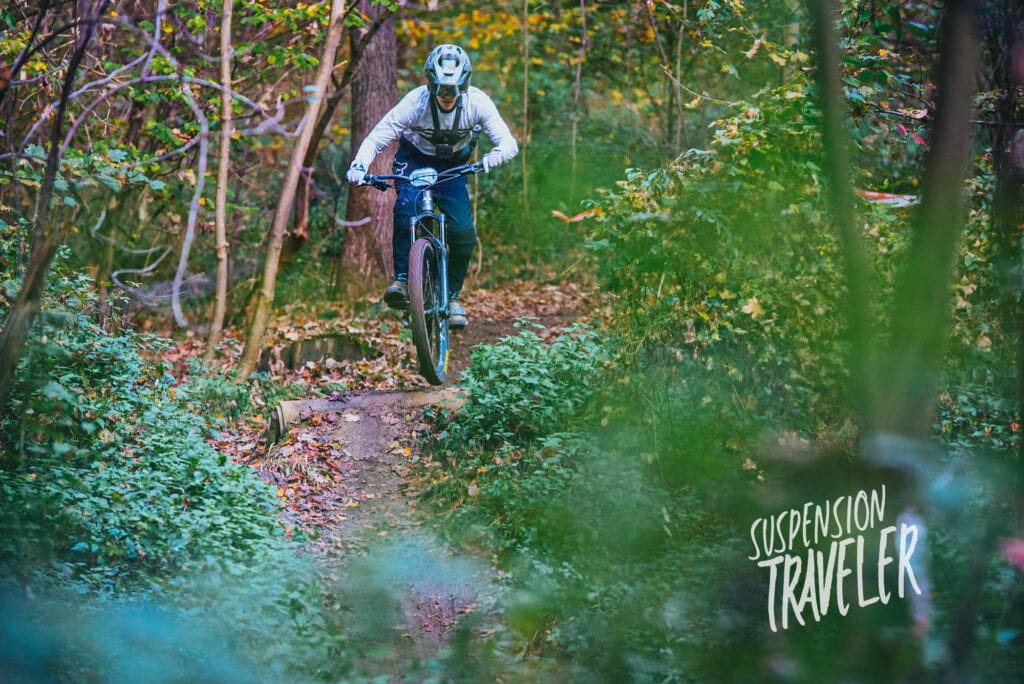
Mindset & Goal Setting
Let’s cover the most fundamental part first: the head game. How you approach your first race is going to dictate what kind of experience you’re going to have when preparing for and doing your first race.
Expectation is the thief of joy.
Set a realistic, but ambitious goal
Set it ambitious enough to fire you up and reasonable enough that you can actually achieve it. That can be a certain position at the race or standards for your training leading up to it – like exercising twice a week and riding regularly.
The more control you have over the outcome, the better the goal.
Why you should race: Personal growth
Racing offers the opportunity to learn new tracks, gain experience, and push your limits. It’s a great motivation to ride more, work on technique and get better on the bike.
While it is risky to ride out of your comfort zone, you’re going to learn about yourself and maybe even some life lessons. Overcoming fear is what downhill mtb is all about.
Also don’t forget the final race run is only the single highlight at the end of a journey. Make sure you enjoy the ride as well and take it all in – the training at home, practice laps at the race and banter outside of the tape.
Handling pressure
The whole race weekend can be stressful. And so is setting an ambitious goal and working towards it.
It takes a while to get comfortable with this form of mountain biking. It’s very different to a normal day at the bike park. You’ll likely feel like a fish out of water. There’s limited practice and fast riders all around you.
The first race will feel weird. That’s completely normal. But you’ll adapt quickly by doing races, gaining more experience, and getting more comfortable over the season – and faster.
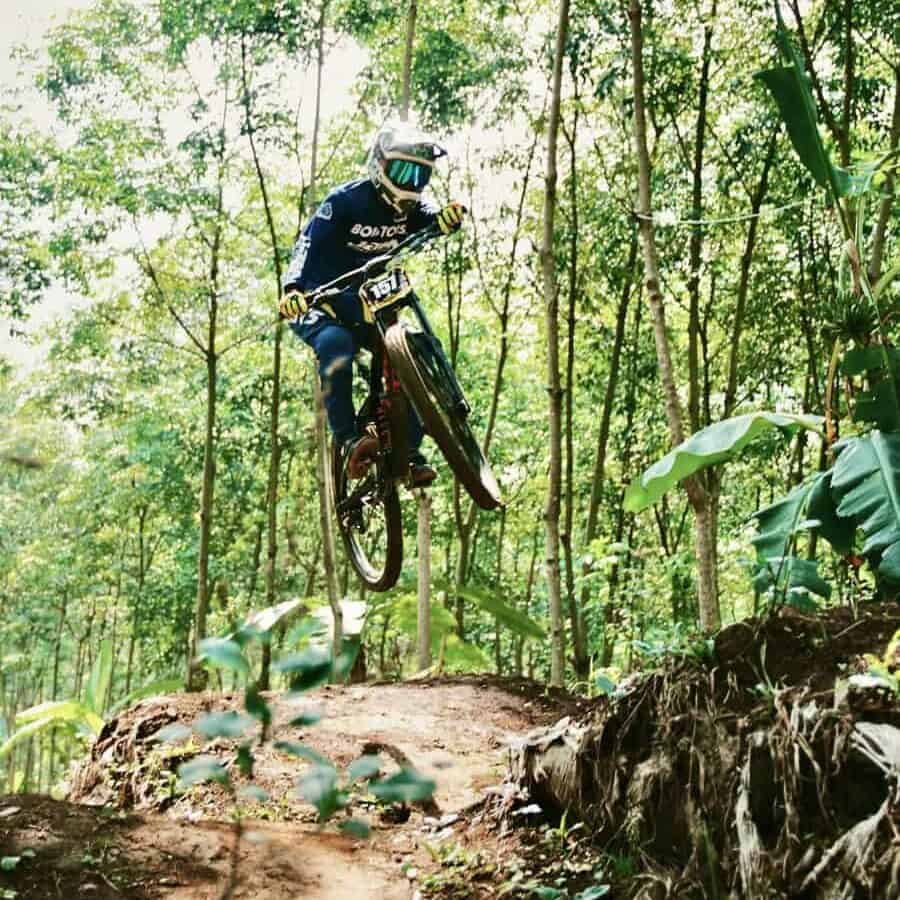
The other racers
Participating in races is a great way to bond with other riders and have a good time with fans of the sport. Double the fun by bringing a riding buddy to race together.
Most of the racers are just competitive guys and girls out for a fun time. They’re joking trackside and cheering for each other in practice. It’s like a big team sport until the clock starts ticking.
There’s no one to be afraid of.
Race Selection
Start by looking for local races and racing series near your region – in the best case in a bike park you know already. This eliminates already one of the unknowns.
Knowing the track and its lines will make everything easier for you. The race tracks are usually the regular downhill trails, maybe just taped a little differently to make it easier or harder.
Amateur race tracks are usually not too tough. National Championships are a different story. The learning curve for one of those can be pretty steep – speaking from personal experience.
Consider starting with local amateur races and gradually progressing to regional or even national races. There’s not only a difference in the rider’s level but also the licenses you need to buy.
Racing License & Sign Up
For most races you need to own a racing license for the governing body, association or local club. This is seperate from the actual sign up to the race. There are different licenses for different race series, so pick one that allows you to enter the races you want to do.
Race registration usually starts 6 to 8 weeks in advance, so make sure to register on time. You’ll get a checklist for necessary documents and insurance. Sign up is also when you provide the license.
You’ll pick up your race number, some goodies and the transponder directly at the race location.
Now with admin stuff out of the way, it’s time to get training!
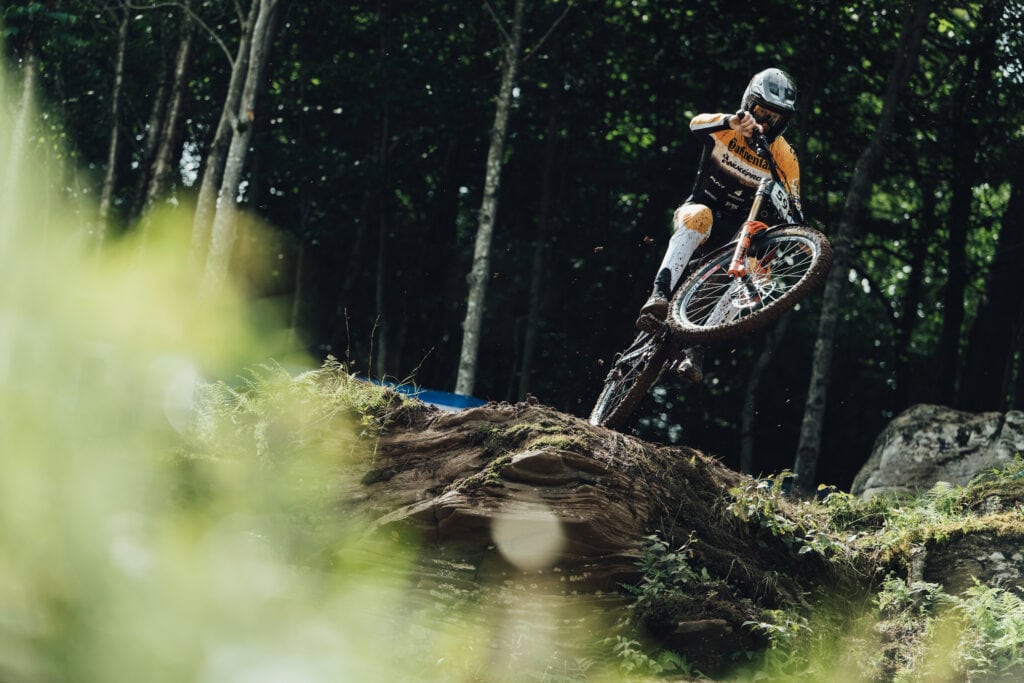
Preparation & Training
The race weekend will be stressful and you will feel nervous. The better prepared you show up, the more confident you are going to be.
Technique
There are so many ways to work on riding technique. Even hiring a coach is an option. But to keep it simple here is an idea that helped me out on my normal weekly rides.
Switch up your lines: Intentionally ride suboptimal lines on your local tracks. Either more technical ones or ones requiring a different technique than you’re used to.
Or spice things up with hopping obstacles, and linking sections together in different ways. Flex your creative line selection to find new ways to ride a section.
It may not be the fastest way down on this particular trail, but you may need to ride similar sections on a race track.
Fitness
Race fitness isn’t a huge deal for amateur racing. But you should be able to do 10 runs in 2 days no problem. Some with stopping, some nonstop runs at speed.
If you want to be as prepared as you can be, here are my personal strength and conditioning workouts for downhill riding to give you some ideas.
Safety Gear
Different racing events require different types of protector pads, so make sure to have the necessary gear for each event.
Back protectors, knee pads and full-face helmets are a must for any DH race. Some require elbow pads as well. It’s the normal Downhill MTB gear essentials. Just don’t forget anything at home and you’re fine.
It’s also important to bring proper clothing, rain gear, and tools/spare parts for quick repairs in case of a mechanical. Or simply tuning the bike for the track. There are usually tents to buy essentials like tires.
Spare wheels with different tires and spare, clean riding gear for the extra prepared among you.
Sessions & Schedule
This is a regular race weekend timeline you can expect to follow:
Every session is time-boxed and with lots of riders on track the amount of practice laps you can get in is limited.
Trackwalk is usually a day before. Practice and race runs are usually on seperate days as well. There may be a practice session between seeding and final runs, if those are on seperate days.
Especially for a new track, take your time for trackwalk, memorize the track, take photos to help you remember lines and have a chat with other riders.
Even if you know the trail, the race track may be marked differently and add sharper turns, remove certain line options and
Either way, the practice sessions are mandatory to be allowed to race and so is seeding (which is just there to set up the starting order from slowest to fastest).
Qualifying is an actual a selection that cuts out slower riders from finals and thus is hardly used in amateur racing.
If you can, arrive at the paddock a day in advance to reduce stress and find focus before the race by familiarising yourself with the track, the pits and meeting the people around.
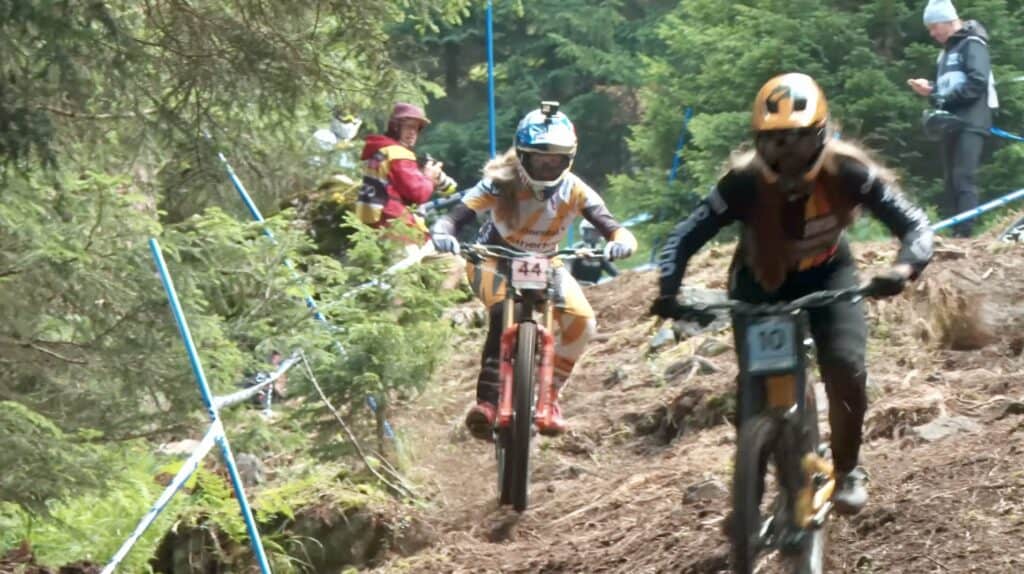
Regulation, Safety and Unwritten Rules
The rider’s meeting at the start of the weekend will let you know the most important things and special regulations. They’ll let you know the overall schedule, and what the flags and whistles from the race marshalls mean.
Unspoken code
Basic mountain bike etiquette applies here. But there are a couple of extra considerations during a race.
For one, there are more experienced riders than usual. It gets crowded on track.
And they are all pushing so you’ll see more crashes than you’re used to. That’s why it’s extra important to keep a safe distance to riders in front so you don’t pile up in the worst case.
Stop in safe spots only and keep the track clear, even lines you wouldn’t take because someone else probably will try.
Stay safe
Allocate your energy wisely and avoid unnecessary risks. Also, look for chicken lines to avoid challenging features if you need.
Start with easing into training runs and gradually build up to the race. There’s no price for going all out in training.
